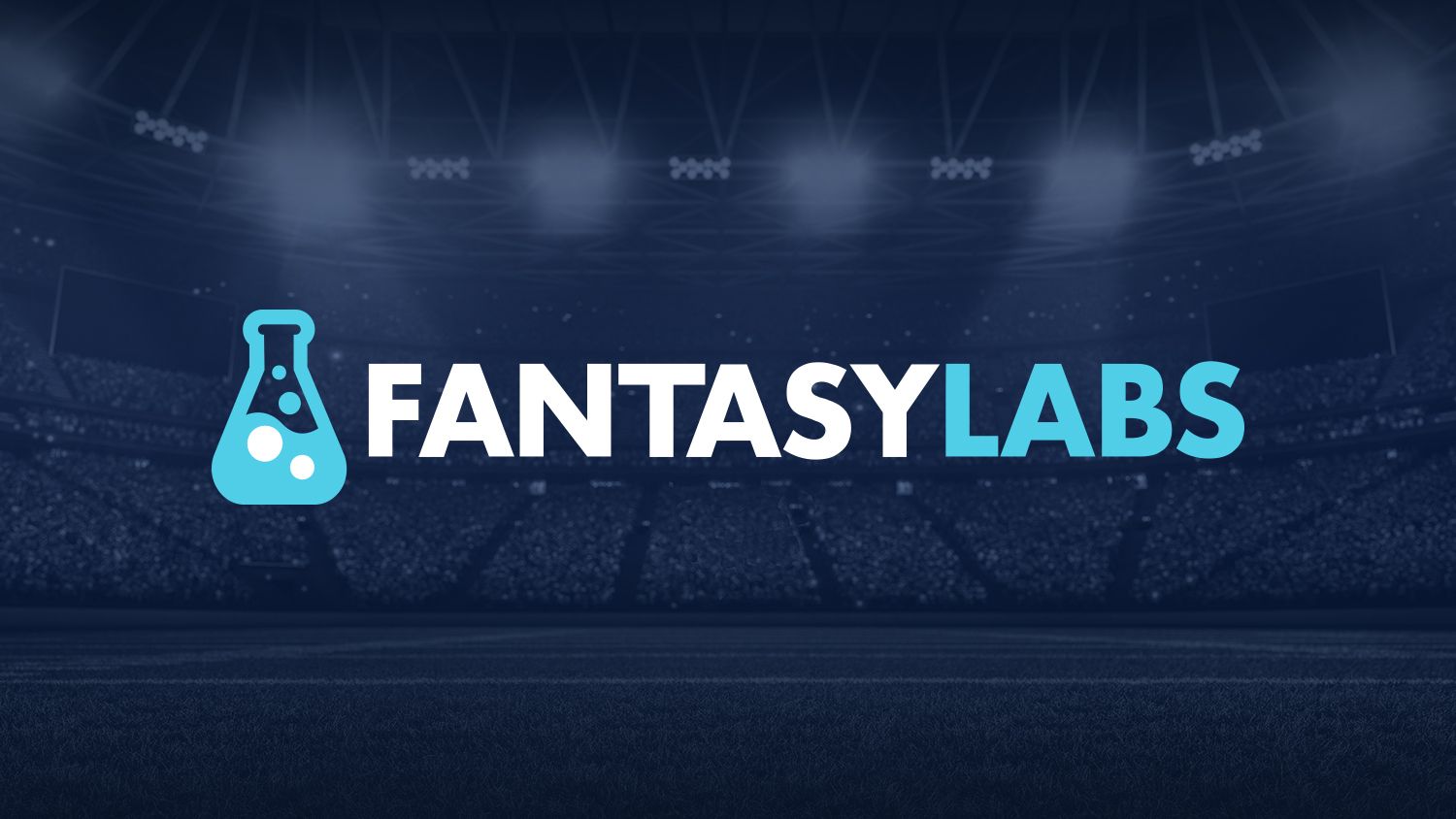The 2025 NFL Draft running back class is loaded, and for fantasy football, it means big things for the context of the upcoming season. Needy teams will see instant fantasy superstars made via opportunity, while current entrenched situations could get blown up or clouded by the addition of fresh young talent. As gamers, we must watch carefully through the entire process if we hope to gain an edge on the competition.
Below is a breakdown of five top running back prospects from the 2025 draft class for fantasy managers and NFL teams alike. We’ll look at each candidate’s physical traits and accolades, review key combine and advanced analytics that hint at their NFL potential, and then discuss how their ADP compares to their expected value and possible landing spots.
Each player will be evaluated in the context of pre-draft Best Ball. Contests like “The Big Board” on Underdog Fantasy allow us to speculate on rookie RB values before we learn their final landing spot and fantasy situation.
Top 5 RB Prospects for Best Ball and Season-Long Drafts
Note: Current ADP from “The Big Board” on Underdog (as of March 4th).
- Ashton Jeanty (ADP: 13.5)
- Omarion Hampton (ADP: 51.9)
- TreVeyon Henderson (ADP: 63.3)
- Kaleb Johnson (ADP: 68.3)
- Quinshon Judkins (ADP: 71.4)
Ashton Jeanty (ADP: 13.5)
Jeanty’s physical makeup is compact yet powerful—a 5-foot-9, 215-pound back who’s been built for the bruising, downhill style of running. Over his college career at Boise State, he racked up an impressive list of awards including Heisman Trophy Runner-Up honors, the Maxwell Award, and multiple Doak Walker recognitions. His accolades underscore his elite production and leadership as the workhorse back in a run-heavy offense.
Jeanty didn’t participate in the combine, which means we’re left to rely on his on-tape metrics—such as elite yards after contact and an uncanny ability to force missed tackles. His quick bursts and ability to convert short-yardage situations into explosive plays make him a dynamic threat when the ball is in his hands.
The consensus among mock drafters leans towards the Dallas Cowboys at 12th overall. This would put him in a strong position for immediate production with a clear path to heavy usage. Any team that drafts him at this cost would be likely to use him heavily, but the question of being worth a pick on the 1-2 turn is a bigger one.
With 20 rounds in pre-draft best ball, I’d hesitate to say he is definitively a better choice than entrenched WRs like Drake London, A.J. Brown, or Malik Nabers in that zone. However, betting on explosive young talent has been a hallmark of winning play, and I’d still consider it given the high probability of heavy work from day one.
Omarion Hampton (ADP: 51.9)
Omarion Hampton boasts an ideal blend of size and strength for an NFL back, standing 6-foot with a solid 221-pound frame. At North Carolina, he earned a reputation as a bell-cow back with back-to-back 1,500-yard seasons and multiple All-ACC honors. His physical traits—muscular build, sturdy pad level, and powerful lower body—allow him to run through contact and deliver explosive, downhill runs.
At the combine, Hampton showed promising athleticism with a 40-yard dash time in the mid-4.4 range, complemented by strong performance in other drills such as a solid vertical jump and broad jump. Overall, Hampton recorded a massive 9.61 RAS score (per @Mathbomb), with his only poor score being the shuttle.
Ultimately, it will be interesting to see if there is a significant cost difference between Jeanty and Hampton. Mock drafts often have Hampton getting drafted at pick 22 to the Chargers (not long after Jeanty), which contrasts with a much bigger gap in ADP. If Hampton comes at a non-insignificant discount, he may be the more cost-effective fantasy option at RB than Jeanty when speculating on the rookies.
TreVeyon Henderson (ADP: 63.3)
TreVeyon Henderson, a dynamic and explosive running back, is known for his combination of speed, agility, and power. With a solid build and a fluid running style, Henderson has consistently turned short gains into explosive plays. His physical traits—marked by a strong lower body and quick acceleration—enable him to break tackles and burst through the line of scrimmage with ease.
Henderson didn’t test quite as well as his teammate Quinhon Judkins at the combine but still put up one of the better RAS scores (9.43) of the incoming RBs. Henderson’s size was the biggest hit to his RAS score, while his explosion grade was elite and his speed grade was great.
Henderson is currently mocked most often as a round 2 pick. Henderson was a strong producer throughout the College Football Playoffs and operated efficiently when given the opportunity. I think ultimately this will boil down to how heavily his new team needs to rely on him immediately. The teams with the biggest RB needs include Dallas, Los Angeles Chargers, Chicago, Denver, Las Vegas, and Cleveland. Getting involved at a similar price to Hampton in the 5th or 6th round isn’t off the wall, but it’s a bet I am more inclined to make with more context on landing spot this summer.
Kaleb Johnson (ADP: 68.3)
Kaleb Johnson is built like a bruiser at 6-foot and 224 pounds, featuring a powerful, athletic frame that lends itself well to a zone-rushing scheme. Coming out of Iowa, he set freshman records and has evolved into a dependable, patient back known for his vision and balance. While he might not be a flashy breakaway runner, his consistency in picking up yards and breaking tackles has earned him respect from coaches and analysts alike.
Johnson’s size is elite for an RB, but his composite speed grade from the combine is just “okay.” Despite a middling speed grade, tape shows that Johnson is still a fluid mover and does the little things well, helping compensate for his lack of speed by playing with angles.
Similar to Henderson, Johnson currently mocks as a second-round running back, and his fantasy attractiveness will ultimately depend on landing spot. If Johnson lands in the right spot – perhaps Chicago as the Montgomery role for Ben Johnson – there is potential for an early down and/or short yardage role to be had here day one. I think it’s asking a lot to be paying a definitive top committee back price in round 6 without really knowing for sure he’ll project for that kind of usage.
Be sure to check out all the pick’ems Sleeper has to offer with Sleeper promo code LABS1.
Quinshon Judkins (ADP: 71.4)
Quinshon Judkins brings a blend of speed and power, making him a compelling prospect in a dynamic offensive system. His physical profile, honed during his tenure at Ohio State, reflects a robust and balanced frame that is well-suited for a variety of running schemes. Though he hasn’t yet amassed the same level of accolades as some of his peers, his steady production and athletic prowess hint at significant potential.
At the combine, Judkins impressed with his speed and explosiveness, posting a 40-yard dash time in the high-4.4s. Judkins’ vertical and broad jump numbers were elite, and his overall RAS score was a 9.89.
Judkins is currently being mocked as a third-round pick, but his results at the combine could move him up the draft board. On top of being an explosive runner, Judkins is also a capable pass-catcher but wasn’t used often in that role at Ohio State due to TreVeyon Henderson being the preferred option. In a sense, he’s an upper-percentile athlete per his testing that is going to get overshadowed by a very deep pool of options that extends even past these top 5.
The problem with it being a deep draft class is multi-tiered. For starters, it makes it less likely he’ll land in the lap of immediate opportunity. The next problem we have is that Best Ball drafters haven’t yet adjusted their ADP positions on the combine results in full, and guys like Bayshul Tuten, RJ Harvey, DJ Giddens, Montrell Johnson, and Ollie Gordon could all be much cheaper assets to draft with a similar uncertainty of immediate usage.
All things considered in the pre-draft stage, I’d rather punt and take those guys before loading up on Judkins in the 7th. That could be a big mistake given his profile, but it won’t prevent me from making up for the error in post-draft contests later in the summer.



 :
:  : Stream on
: Stream on 



